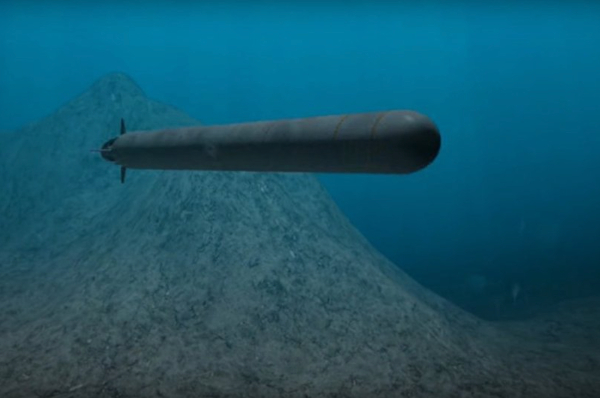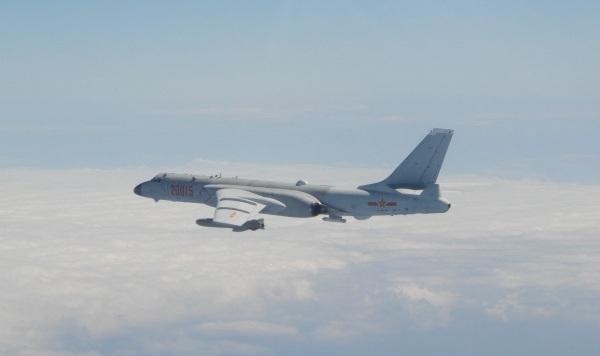WEATHER CONTROL: Scientists are now using high-powered lasers to direct lightning bolts to strike their intended targets
01/23/2023 / By Ethan Huff

For the first time, lasers were used by scientists to successfully alter the movement of lightning during a storm.
From the top of a mountain in Switzerland, laser pulses were blasted into a weather event to move lightning away from a target that otherwise would have been hit. The implications of this for protecting rocket launchpads, military bases, airports, and tall buildings are noteworthy.
Using a high-repetition-rate terawatt laser, a team led by Aurélien Houard, a physicist at École Polytechnique in Palaiseau, France, successfully steered lightning towards a 26-foot-rod. A study about the experiment was published in the journal Nature Photonics.
“This work paves the way for new atmospheric applications of ultrashort lasers and represents an important step forward in the development of a laser-based lightning protection for airports, launchpads or large infrastructures,” the study reads.
(Related: In 2021, the military-industrial complex unveiled laser-equipped Strykers that it plans to use in futuristic combat operations.)
As laser beam lightning rod technology improves, costs will decrease and commercialization will become more possible
Apparently, this is something that scientists have been “dreaming of for decades,” according to Matteo Clerici, a University of Glasgow physicist who was not involved in the research.
“And the fact that they managed to do it in an outdoor environment is a very big step,” Clerici added in a statement to The Wall Street Journal.
While a “game-changer,” the technology is still in early development, Clerici says. It could be many more years before it gets commercialized, but at least we know it works.
The way it works can be explained relatively simply. Using a telescope, a laser beam producing short, intense pulses is directed at storm clouds above a lightning rod tower. These pulses ionize the air above the tip of the tower, creating an electrically conductive channel capable of guiding lightning to the rod below, which sends it down a safe path into the ground.
The technology is not cheap, though. Houard told the WSJ that the prototype laser used in the experiment cost about $2.17 billion to produce, which is substantially higher than a traditional lightning rod.
Over time as the technology is refined, however, that cost will progressively decrease. Once that happens, lightning rod protection could become a widespread phenomenon.
“(Benjamin) Franklin’s 18th-century innovation has now met 21st-century technology,” reported Zero Hedge about the discovery.
In the comments, several readers pointed out that these lightning rods could one day be used to capture large amounts of energy to power things like electric vehicle (EV) batteries.
“One lightning bolt has enough energy to charge up a standard car battery, more or less,” one of them wrote.
Another interjected that this is thinking too small as a lightning bolt contains far more energy capable of powering “a small, 56-house town for a day.”
Whatever the case may be, pointed out another, there is a lot of energy in lightning that, if successfully captured, could provide a substantial amount of power to help fill the energy gap.
“This will never be used for any nefarious purpose whatsoever. Ever. No, really. We promise. Never ever. Trust us,” wrote someone else sarcastically about how there is probably some other agenda at work with the development of these laser beam lightning rods.
“Now if you’ll excuse me, we have a particularly tricky seafood processing plant to ignite later this evening…”
Another commenter speculated that perhaps evil forces might use these laser beam lightning rods as “an assassination weapon with plausible deniability.”
“People who gather in large crowds to wave signs at protests had better keep an eye on the sky.”
More related news can be found at MilitaryTechnology.news.
Sources for this article include:
Submit a correction >>
Tagged Under:
airports, breakthrough, discoveries, discovery, future tech, geoengineering, lasers, launchpads, lightning, military bases, scientific, terrawatt, weather control, weather terrorism
This article may contain statements that reflect the opinion of the author
RECENT NEWS & ARTICLES
COPYRIGHT © 2018 MILITARYTECHNOLOGY.NEWS
All content posted on this site is protected under Free Speech. MilitaryTechnology.news is not responsible for content written by contributing authors. The information on this site is provided for educational and entertainment purposes only. It is not intended as a substitute for professional advice of any kind. MilitaryTechnology.news assumes no responsibility for the use or misuse of this material. All trademarks, registered trademarks and service marks mentioned on this site are the property of their respective owners.


















